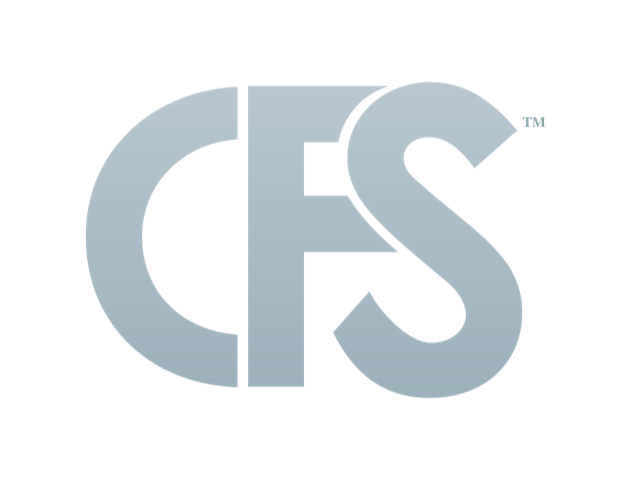What You Should Know about Medicare Part A through D
Part A
Medicare Part A covers hospital care and long-term care. This includes skilled nursing facilities, nursing homes if not just for custodial care, and hospice. In addition, Part A also covers certain home health services.
Part B
Medicare Part B coverage includes medically necessary services or supplies needed to diagnose and treat a medical condition. It also covers preventive services for illnesses such as the flu and will often cover vaccinations. Also, Part B covers inpatient and outpatient physician services, sometimes covering a limited selection of prescription drugs.
In contrast to Part A, which is available to many people at no cost, those who sign up for Part B pay monthly premiums. Part B also requires a deductible and coinsurance.
Part C
Part C, known as Medicare Advantage, is sold by private insurance companies approved by the Medicare service. There are four different plans to be aware of: health maintenance organizations (HMOs), preferred provider organizations (PPOs), private fee for service (PFFS), and special needs (SNP) plans. These plans take the place of Medicare Part A, Part B, and, often, Part D coverage. HMOs and PPOs are the most common Medicare Advantage plans, and many of them offer extras such as vision, dental, hearing aids, and wellness services.
Part D
Part D is for prescription drug coverage and is based on a medication list that is included with Medicare Part D. Each Medicare prescription drug plan has its own unique list. Most plans place drugs into different “tiers,” with each tier having a different cost.
If prescription drugs are an important part of your healthcare, part D is important to consider, as Part B coverage may not provide the comprehensive prescription drug coverage you need.


